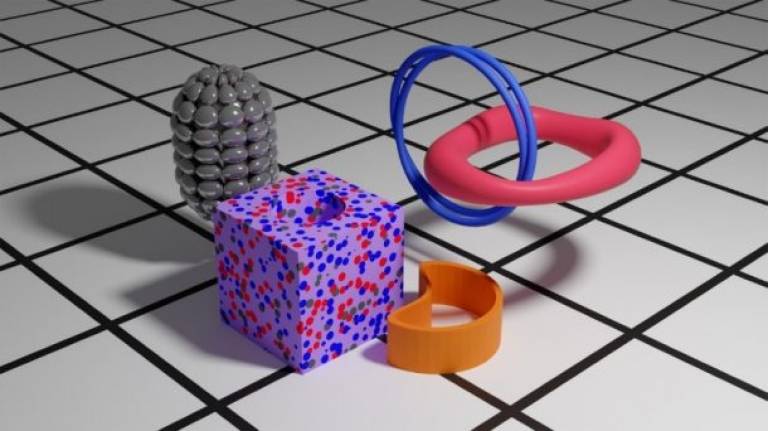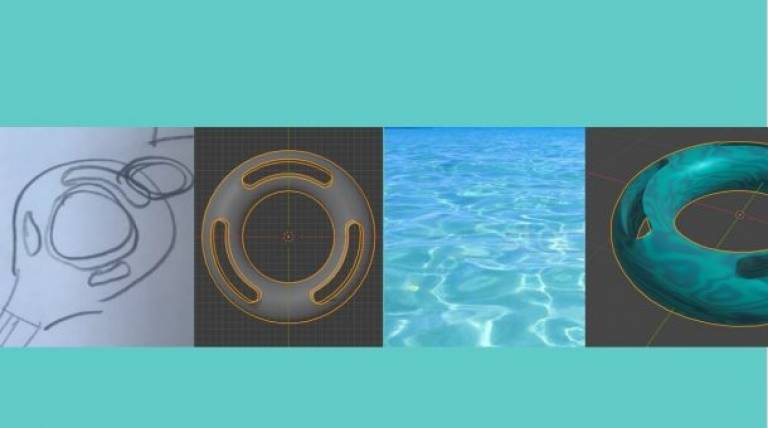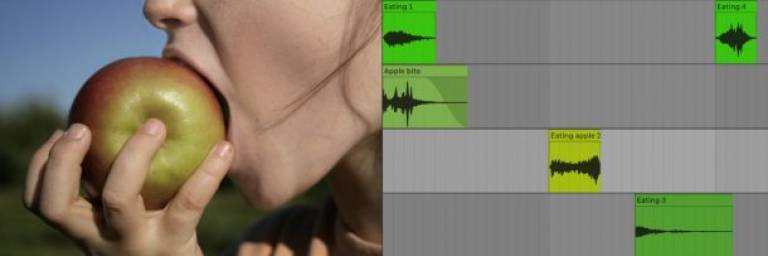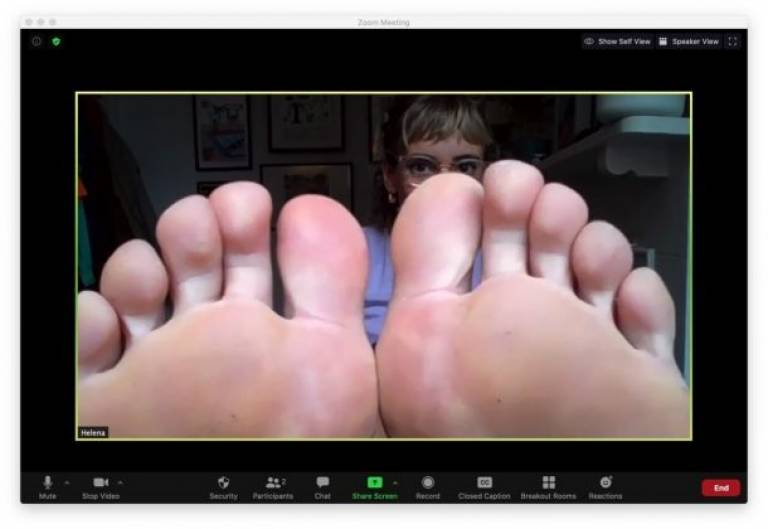Blog: RE-Invent Digital Pilot: Co-Creating with Young People
29 October 2020
This blog is the first in a two-part series. Here, Helena Rice, Senior Creative Producer at V&A Museum of Childhood, tells us more about the RE-Invent Digital Pilot project led with the Bartlett's CASA team, and funded by our Community Engagement Seed Fund.

On 18 March 2020, as COVID-19 took hold of the world, I was frantically contacting partners, staff and volunteers. I was letting them know that the festival we had been collaborating on would not be able to take place. This festival would have marked the temporary closure and transformation of the V&A Museum of Childhood, reimagining our collections, galleries, building and public programme into a world-leading centre of creativity for children.
We expressed a shared sense of loss, and a few weeks later I received a message from Valerio Signorelli and Leah Lovett from the Bartlett Centre for Advanced Spatial Analysis (CASA) at UCL. They had originally been programmed at the festival but wanted to reach out and explore ways to move forward together. A week or so later, UCL Culture had agreed to support our re-invented plan to co-create a digital space for creativity, collaboration and connection with young people.
The space between
The event had shifted from a large-scale public festival to a contained pilot testing digital co-creation and participation. Our aim was to centre collaborations with artists and designers and empower young people to create with us.
For both the V&A Museum of Childhood and UCL, building relationships with young people and youth organisations was key. This became especially important as the closure of schools and youth spaces was impacting opportunities for creative engagement. This audience of 11-14 year olds is a target for the new museum: until now they haven’t really accessed the space and its programmes. Working in a museum without walls and rethinking it as a digital space provided an opportunity to reach this audience in new ways.
The artists and partners
The cancellation of the festival exemplified the crisis that creative freelancers were thrown into as a result of the pandemic. This digital project allowed us to re-commission three of the artists who had initially been programmed for the festival with a new brief – School of Noise, who run workshops for children and adults encouraging the exploration of music and the science of sound; Kristi Minchin, maker and 3D artist; and Mawara Ibrahim, hula hoop performer, teacher and writer of The Girl Guide for young women. These artists were selected because of their openness to collaboration and because their practices map onto the galleries planned for the new museum – PLAY, IMAGINE and DESIGN.
Meanwhile, we formed the Young Ambassadors with the support of London Youth partnering with Tower Hamlets-based youth organisations, Spotlight and Leaders in Community. This group of 10 young people (aged 11-14) would work with us to create something new. Our aim was to create a web platform that would allow collaboration and creativity between artists and young people.
Methods of engagement
In June 2020, when we began, the constraints were clear: sessions would need to take place out of school home-learning hours; they would need to be online; we, the delivery team, would be remote from each other; and we could assume no specific resources in any one household.
The youth partners told us that digital access was possible, but we agreed that we were all learning and there were not many ‘knowns’ in this form of project delivery. The sessions included an introductory meeting, six creative workshops (two by each of the three artists), beta testing, and feedback sessions.
The project constraints made it particularly important to define roles at the outset. The Young Ambassadors were recruited to inform the scope of the digital commissions, collaborate with the artists to create them, and ensure that whatever we made would be relevant to them.
The creative voices of the participants were important and staff too were expected to participate in each activity. Ultimately the artists held the creative control, with the young people and youth workers contributing to a collaborative process, while CASA would build the site itself. In all cases the professionals, whether coder, performer, or designer, were listening and responding to the interests of the young ambassadors.

Kristi asked the group to gather, draw and photograph objects from their homes, which she used as inspiration for building digital assets for the design studio.

Dan introduced the group to Foley practices and invited them to record sounds from home. He then edited them and matched them to digital icons for looping in the Sound Studio.

In her physical zoom workshops, Marawa explored with the Young Ambassadors how their bodies have felt over 2020. They identified images that represented these states and conceived physical practices for addressing or celebrating them. These provocations then went into the app.
The researchers and I listened to the young people and worked with the artists to develop three digital studios for the RE-Invent Digital app: Movement, Sound and Design. Each space was designed to invite creative play and to enable something new to be made. Responding to what the young people told us in the sessions, the app was optimised for mobile devices, with gesture control interactions and the facility both to download creations to their local device and to upload them to an online repository. Using open source and web-based technologies, such as A-Frame, meant changes could be made quickly and responsively and ensured the accessibility of the RE-Invent Digital app across a range of devices and operating systems, including iOS and Android.
We are now beta testing with the Young Ambassadors and their friends. We will be documenting the process and a second blog will follow in November across UCL and V&A sites.
For more details on the project, you can watch a public lecture, and read a Q&A with the project leaders.
This blog was originally published in the V&A Blog on 26 October 2020.
 Close
Close

